by S.E. Jorgensen and G. Endoricchio0-080-44015-0, 0-080-44028-2
Machine generated contents note: Preface, Third Edition — Acknowledgements — 1. Introduction — 1.1 Physical and Mathematical Models — 1.2 Models as a Management Tool — 1.3 Models as a Scientific Tool — 1.4 Models and Holism — 1.5 The Ecosystem as an Object for Research — 1.6 Outline of the Book — 1.7 The Development of Ecological and Environmental Models — 1.8 State of the Art in the Application of Models — 2. Concepts of Modelling — 2.1 Introduction — 2.2 Modelling Elements — 2.3 The Modelling Procedure — 2.4 Types of Model — 2.5 Selection of Model Type — 2.6 Selection of Model Complexity and Structure — 2.7 Verification — 2.8 Sensitivity Analysis — 2.9 Parameter Estimation — 2.10 Validation — 2.11 Ecological Modelling and Quantum Theory — 2.12 Modelling Constraints — Problems — 3. Ecological Processes — 3A.1 Space and Time Resolution — 3A.2 Mass Transport — 3A.3 Mass Balance — 3A.4 Energetic Factors — 3A.5 Settling and Resuspension — 3B.1 Chemical Reactions — 3B.2 Chemical Equilibrium. — 3B.3 Hydrolysis — 3B.4 Redox — 3B.5 Acid-Base — 3B.6 Adsorption and Ion Exchange — 3B.7 Volatilization — 3C.1 Biogeochemical Cycles in Aquatic Environments — 3C.2 Photosynthesis — 3C.3 Algal Growth — 3C.4 Zooplankton Growth — 3C.5 Fish Growth — 3C.6 Single Population Growth — 3C.7 Ecotoxicological Processes — Problems — 4. Conceptual Models — 4.1 Introduction — 4.2 Application of Conceptual Diagrams — 4.3 Types of Conceptual Diagrams — 4.4. The Conceptual Diagram as Modelling Tool — Problems — 5. Static Models — 5.1 Introduction — 5.2 Network Models — 5.3 Network Analysis — 5.4 ECOPATH Software — 5.5 Response Models — 6. Modelling Population Dynamics — 6.1 Introduction — 6.2 Basic Concepts — 6.3 Growth Models in Population Dynamics — 6.4 Interaction between Populations — 6.4 Matrix Models — Problems — 7. Dynamic Biogeochemical Models — 7.1 Introduction — 7.2 Application of Dynamic Models — 7.3 Eutrophication Models I: Overview and Two Simple Eutrophication — Models — 7.4 Eutrophication Models II: A Complex Eutrophication Model — 7.5 A Wetland Model — Problems — 8. Ecotoxicological Models — 8.1 Classification and Application of Ecotoxicological Models — 8.2 Environmental Risk Assessment — 8.3 Characteristics and Structure of Ecotoxicological Models — 8.4 An Overview: The Application of Models in Ecotoxicology — 8.5 Estimation of Ecotoxicological Parameters — 8.6 Ecotoxicological Case Study I: Modelling the Distribution of Chromii — in a Danish Fjord — 8.7 Ecotoxicological Case Study II: Contamination of Agricultural Produi — by Cadmium and Lead — 8.8 Ecotoxicological Case Study III: A Mercury Model for Mex Bay, — Alexandria — 8.9 Fugacity Fate Models — Problems — 9. Recent Developments in Ecological and Environmental Modelling — 9.1 Introduction — 9.2 Ecosystem Characteristics — 9.3 Structurally Dynamic Models — 9.4 Four Illustrative Structurally Dynamic Case Studies — 9.5 Application of Chaos Theory in Modelling — 9.6 Application of Catastrophe Theory in Ecological Modelling — 9.7 New Approaches in Modelling Techniques — Problems — Appendix 1. Mathematical Tools — A.1 Vectors — A.2 Matrices — A.3 Square Matrices. Eigenvalues and Eigenvectors — A.4 Differential Equations — A.5 Systems of Differential Equations — A.6 Numerical Methods — Appendix 2. Definition of Expressions, Concepts and Indices — Appendix 3. Parameters for Fugacity Models — References — Subject Index | |
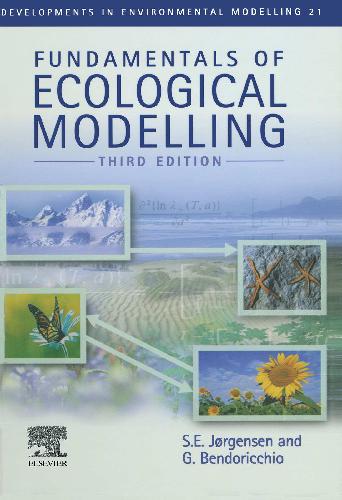

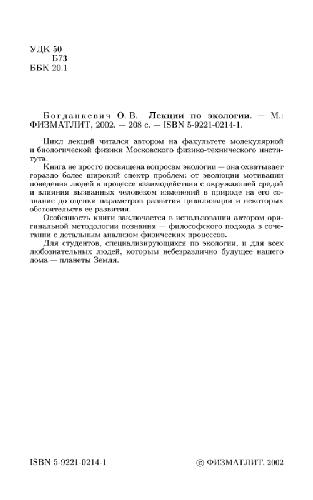
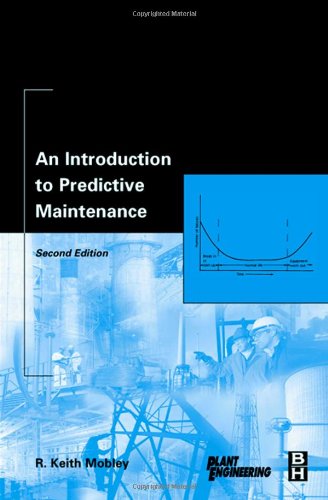
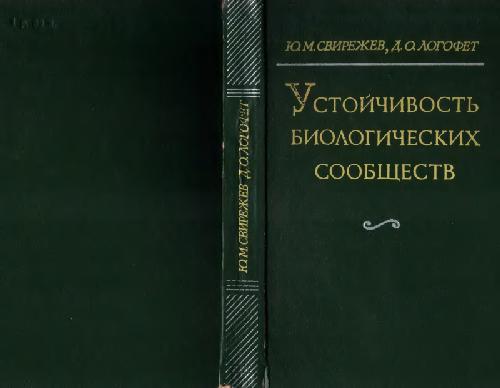
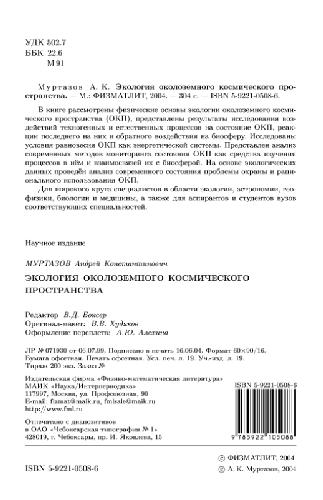
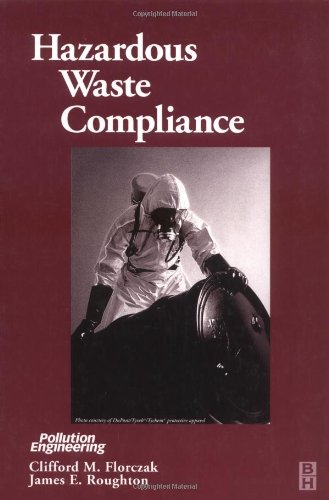
Reviews
There are no reviews yet.